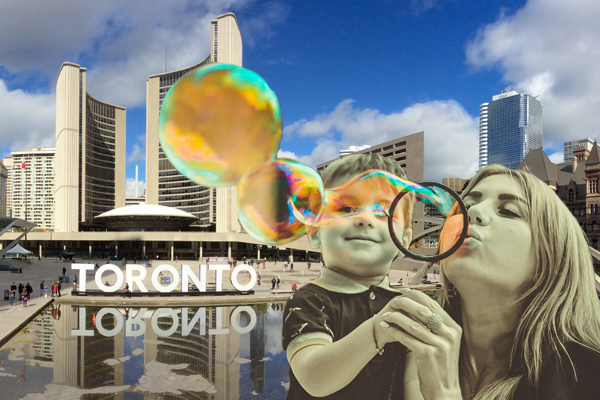Trending
The first victim if Toronto’s housing market crashes? McMansions
Speculation is swirling as the Canadian city's housing bubble continues unabated despite cooling measures

Some view the existence of McMansions as categorically bad architecture, but, whether deemed tasteful or not in the eye of the beholder, they will likely be the hardest hit if the city’s bubble bursts.
The verdict comes from Canada Mortgage and Housing Corporation’s deputy chief economist, Aled ab Iorwerth, who told the Financial Times, that detached, well-located homes are already seeing pricing drops due to a string of cooling measures banks and government has introduced since April 2017.
Toronto’s market has been overheating for years and experts have been trying to warn buyers off what seems like an inevitable crash — “It is going to end in tears,” warned one analyst in 2016 — while Torontonians looking for homes have gotten increasingly desperate in the search for homes.
Cooling measures were introduced to widespread support, but it might be too late — particularly as a heightened emphasis on foreign buyers as the cause of the overheated market is not borne out in the data, which the Times explains as a result of easy lending rules, low mortgage rates and Canadians’ penchant for buying second homes.
Meanwhile, the measures are starting to have an effect: Knight Frank logged a 6 percent drop in prices for prime homes in the fourth quarter of 2017. The Toronto Real Estate Board also logged a 19 percent decrease in home sales last fall.
According to the Times, McMansions in the city’s wealthy enclave, Hoggs Hollow and Bridle Path, where homes are priced on average at $2.6 million, are likely see their home values drop the furthest. [FT] — Erin Hudson




